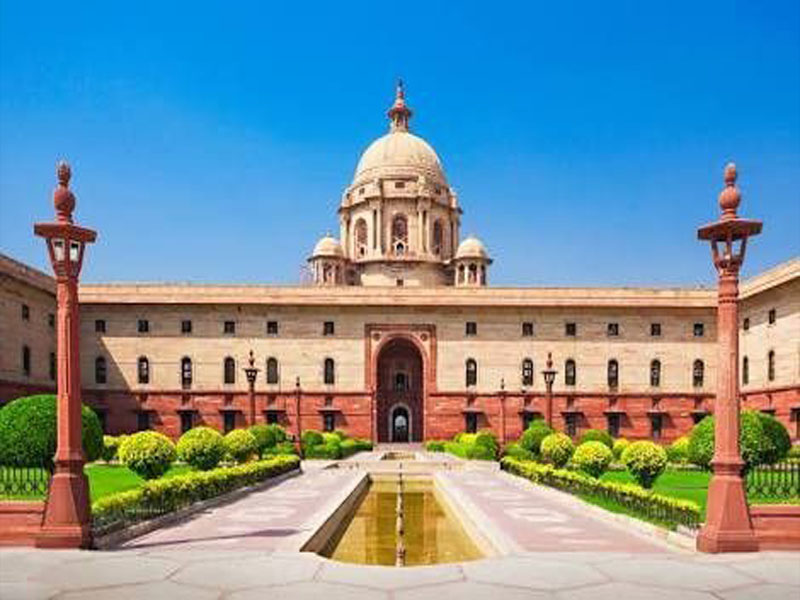Introduction:
- The President of India is the head of the state.
- He is the first citizen of the country.
- He is the symbol of the country’s solidarity, unity, and integrity.
- He forms the Indian Union Executive along with the Vice-President, Prime Minister, Council of Ministers, and Attorney-General of India.
Qualifications for becoming the President of India:
- The candidate should be a Citizen of India.
- He/ She should be at least 35 years old.
- He/ She should qualify the conditions to be elected as a member of the Lok Sabha. Though nor necessarily be part of it.
- Lastly, he/ she should not hold any office of profit under the Union government, State government, or any public authority.
Election of the President:
The President of India is elected by the electoral college. There are no direct elections held for the Indian President.
And the elected members of the electoral college comprises of:
- Lok Sabha and Rajya Sabha
- Legislative Assemblies of the States
- Legislative Assemblies of the Union Territories of Delhi and Puducherry
President’s Term in Office:
Once the President is elected, he holds the office for five years. Infact, he remains in office even after the completion of five years until a new election takes place or the new President has been elected. He can also be re-elected, there is no provision otherwise.
Different functions of a President:
| Executive Powers |
|
| Legislative Powers |
|
| Financial Powers |
|
| Judicial Powers |
|
| Diplomatic Powers |
|
| Military Powers | The President is the head of the defense forces of India. He appoints:
|
| Emergency Powers | President has the power to impose three types of emergency:
|
| Ordinance Making Power | The President has the power to promulgate an ordinance based on the recommendation of the union cabinet as per the Article 123. |
| Veto Power | Veto Power of the President is either reject the bill, return the bill or withhold his assent to the bill. When a bill is introduced in the Parliament, Parliament passes the bill before it becomes an act, and it has to be presented to the Indian President for his approval. |
References:
https://byjus.com/free-ias-prep/president/
https://in.pinterest.com/pin/70720656637126438/
Stay with
Prerna




